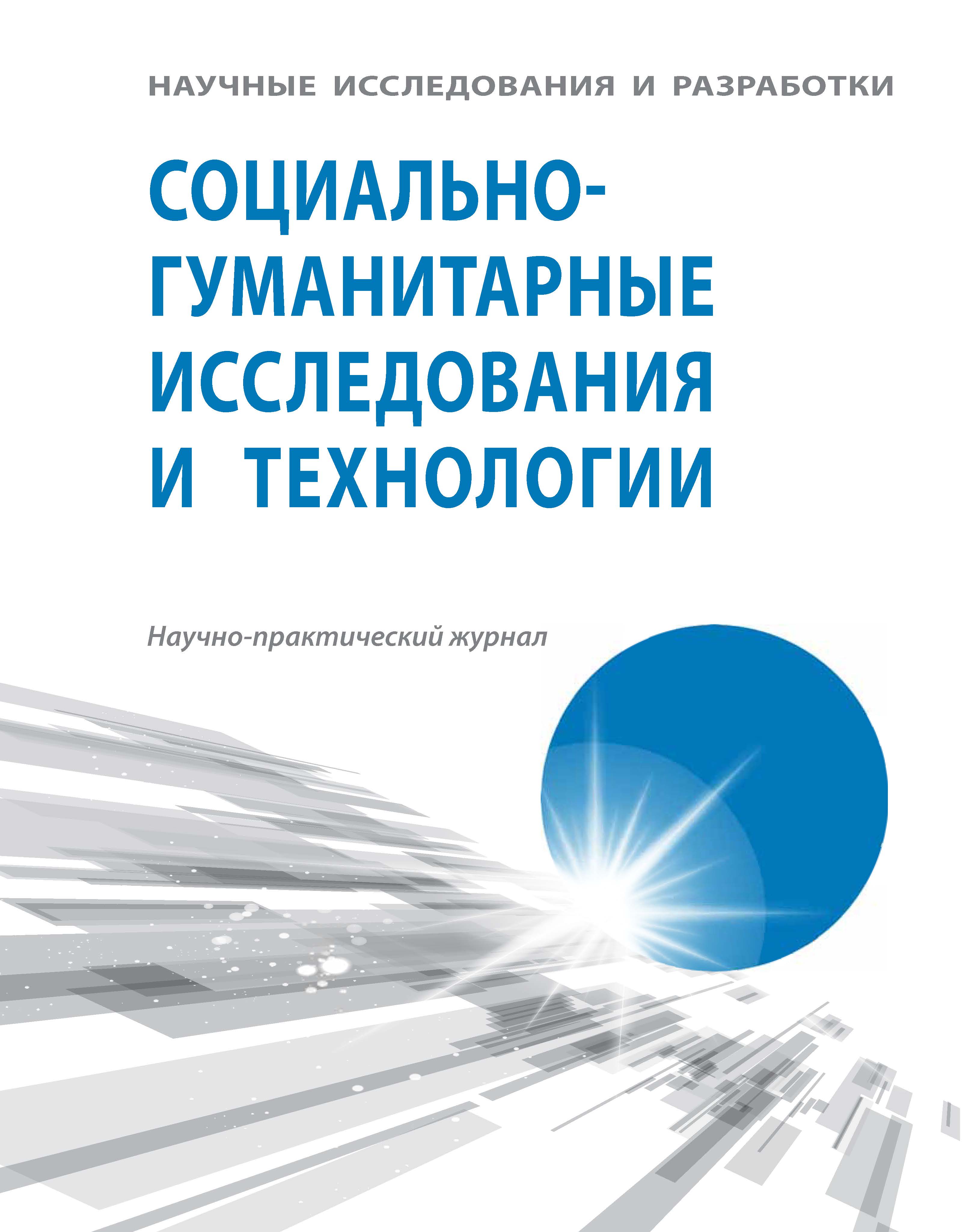Russian Federation
The modern system of training specialists in the field of choreography prepares a creative person who constantly strives for professional self-improvement and strives to teach and train others (children and adults). Since choreographic art is the art of beauty and health of the human body. Therefore, many teachers around the world strive to study, analyze and develop their own innovative teaching methods. Since they have a positive effect on (1) the manifestation of creative abilities in future specialists; (2) development of various forms of thinking; (3) expand worldviews in general, and (4) help to see the interconnectedness of dance art with biology and other sciences. It is precisely these qualities that future teachers and choreography teachers need and must be developed in the learning process. Therefore, in many educational institutions, the development of art education is noted through updating its content, associated with rethinking the social purpose of the profession of a choreography teacher, since it is he who is able to creatively introduce socially significant innovations and flexibly respond to the cultural demands of the time. The necessity is substantiated not only for the teacher to develop the subject and practical skills of a dancer, but also for the synthesis of knowledge, abilities and skills that allow the effective implementation of professional training of future choreographers with relevant competencies. The article emphasizes that the formation of artistic and creative experience is associated (1) with the need to get acquainted with works of art through perception and performing interpretation; (2) with the motivation to acquire knowledge in the field of expressive means as the basis for creating choreographic images; (3) with the development of the ability to perceive artistic images in the field of choreographic art for in-depth mastery of the art of reproducing choreographic works. Taking into account the listed features requires the effective use of creative tasks in the educational process through means of improving and optimizing educational activities. It has been proven that professional training in modern choreography requires the teacher’s ability to integrate his knowledge when teaching specific disciplines in order to appropriately update the educational process.
t education, student of the choreographic department, performing activities, professional training, artistic and creative tasks
1. Slavskaya A.N. Lichnost' kak sub'ekt interpretacii [Tekst] / A.N. Slavskaya. — Dubna: Feniks+, 2002. — 240 s. EDN: https://elibrary.ru/MJDOOM
2. Ann Daly (1992), Isadora Duncan and the Male Gaze in In Gender in Performance: The Presentation of Difference in the Performing Arts, ed. Senelick Laurence, New England, pp. 239–59.
3. Banes Sally (1994) Writing Dance in the Age of Postmodernism, Hanover and London: Wesleyan University Press.
4. Britannica T. Editors of Encyclopaedia (2024, March 20). Rudolf Laban. Encyclopedia Britannica. URL: https://www.britannica.com/biography/Rudolf-Laban
5. Crumpler Sue E. (1982), The Effect of Dalcroze Eurhythmics on the Melodic Musical Growth of First Grade Students. LSU Historical Dissertations and Theses. 3755. URL: https://repository.lsu.edu/gradschool_disstheses/3755
6. Gilman L. (2009). The Dance of Politics: Gender, Performance, and Democratization in Malawi. Temple University Press. URL: http://www.jstor.org/stable/j.ctt14btctd
7. Ivy Panda. (2024). Dancing: Choreographer Doris Humphrey. URL: https://ivypanda.com/essays/dancing-choreographer-doris-humphrey
8. Kowal Rebekah. 2010. How to Do Things with Dance: Performing Change in Postwar America. Middletown, CT: Wesleyan Universit.
9. Lanszki A., Tongori Ágota, Papp-Danka Adrienn. (2023). Dance-Related Research In Tertiary Education: A Systematic Literature Review. Tánc és Nevelés. 4, pp. 29–53. 10.46819/ TN.4.2.29-53. DOI: https://doi.org/10.46819/tn.4.2.29-53; EDN: https://elibrary.ru/ZIQOSZ
10. López B. (2019). Dance students at a two year college: making sense of their academic, cultural, and social world. Research in Dance Education, 20(2), pp. 174–183. URL: https://doi.org/1
11. Mitchell G.J., Rice & Pileggi V. (2018). Co-emergence: an artfull dance of inquiry into artists’ experiences of making art. International Journal of Research in Economics and Social Sciences, 23(4), pp. 563–581. URL: https://doi.org/10.1080/1 3569783.2018.1507730
12. Nieminen P. (1999). Dance Education and Dance Research in Finland. Dance Research Journal, 31(2), pp. 127–130. URL: https://doi.org/10.2307/1478344
13. Polcari S. (1990). Martha Graham and Abstract Expressionism.Smithsonian Studies in American Art, 4(1), pp. 3–27. URL: http://www.jstor.org/stable/3108994
14. Preston Carrie J., 'Posing Modernism: Delsartism in Modern Dance and Silent Film', Modernism's Mythic Pose: Gender, Genre, Solo Performance, Modernist Literature and Culture (New York, 2011; online edn, Oxford Academic, 3 Mar. 2015). URL: https://doi.org/10.1093/acprof:osobl/9780199766260.003.0003
15. Rimmer R. (2017). Negotiating the rules of engagement: exploring perceptions of dance technique learning through Bourdieu’s concept of ‘doxa.’ Research in Dance Education, 18(3), pp. 221–236. URL: https://doi.org/10.1080/14647893.2017.13 54836 16 Seago C. (2020). A study of the perception and use of attention in undergraduate dance training classes. Research in Dance Education, 21(3), pp. 245–261. URL: https://doi.org/10.1080/14 647893.2020.1757636
16. Stevens K., Huddy A. (2016). The performance in context model: a 21 st century tertiary dance teaching pedagogy. Research in Dance Education. URL: https://doi.org/10.1080/14647893.2016.1178714
17. Tembrioti L., Tsangaridou N. (2013). Reflective practice in dance: a review of the literature. Research in Dance Education, 15(1), pp. 4–22. URL: https://doi.org/10.1080/14647893.2013 .8095https://doi.org/10.1080/14647893.2019.1591358
18. Zawacki-Richter O., Kerres M., Bedenlier S., Bond M., Buntins K. (2019). Systematic Reviews in Educational Research: Methodology, Perspectives and Application. Springer Publishing.






